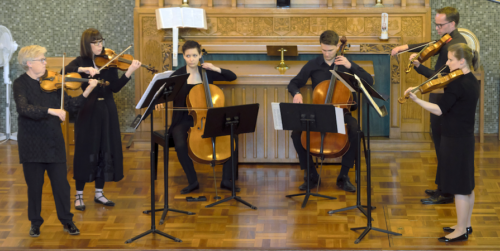
Music / “Transfiguration”, Canberra Strings. At Wesley Uniting Church, September 29. Reviewed by TONY MAGEE
BARBARA Jane Gilby leads her ensembles with authority and precision. In addition, she selects players whom she knows can work together to form a union of artistry.
In presenting the program entitled “Transfiguration”, Canberra Strings has taken on a job of emotional and musical complexity.
Not a commercial offering in any sense and one that could arguably have struggled to gain an audience. In fact, there was a goodly crowd.
Arnold Schoenberg’s “Transfigured Night” is in five movements but played without break. Wagner certainly comes through in the compositional style. In particular, fragments of “Tristan und Isolde” can be heard.
Starting with one cello and one viola, almost making a statement of “where are we and why are we here”?, the playing was joined by the second cello and viola and eventually the two violins, forming a sextet, playing music inspired by an ambiguous and confusing poem by Richard Dehmel. It hints at sexuality, but in the idiom of the times, when people didn’t understand or comprehend, or sometimes didn’t want to.
One of the many things that came through with intensity was the projected pizzicato playing of second viola in unison with the bowed playing of second violin. In addition, first viola Lucy Carrigy-Ryan, and cellist Jack Chenoweth brought forth tones of exquisite beauty throughout the entire concert.

“Metamorphoses” by Richard Strauss opened the second half, a piece which expresses his despair at the effects of World War Two on Europe.
With the addition of double bass, the newly formed septet at first played as if going through the motions. Not until 10 minutes into the performance did the ensemble start to enrich with passion, feeling and purpose, in which the listener hears continuing questions without answers.
I heard occasional nods to the British composer Ralph Vaughan Williams – just fleeting glimpses in some of the chord structures. His “Symphony No. 6” also reflects the themes of war.
If this was intentional on the part or Richard Strauss, then it serves as a gesture of reconciliation from Germany to England.
All the musicians in this ensemble are of a very high calibre and all contributed with heartfelt passion to the success of this concert.
In writing this review, I can only scrape the surface of what musical achievement can do, both through composition and performance, in bringing to the forefront of contemplation, the misery, hopelessness and tragedy of war, as well as the horror of discrimination.
Most importantly, this music and the performance of it, attempts to solidify a common goal of all people – to live in peace, harmony and tolerance.
Who can be trusted?
In a world of spin and confusion, there’s never been a more important time to support independent journalism in Canberra.
If you trust our work online and want to enforce the power of independent voices, I invite you to make a small contribution.
Every dollar of support is invested back into our journalism to help keep citynews.com.au strong and free.
Thank you,
Ian Meikle, editor
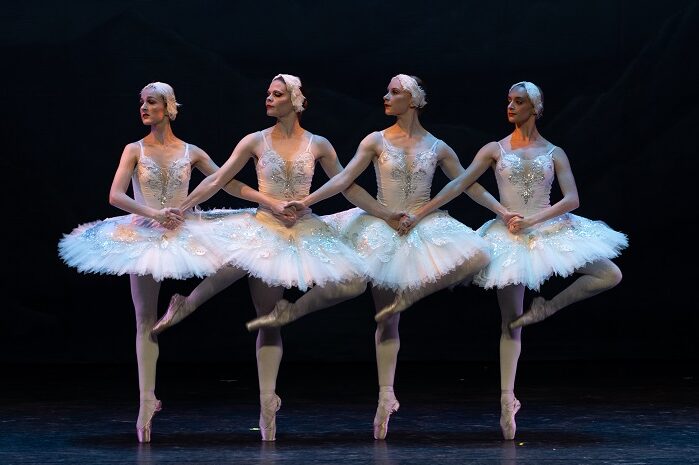
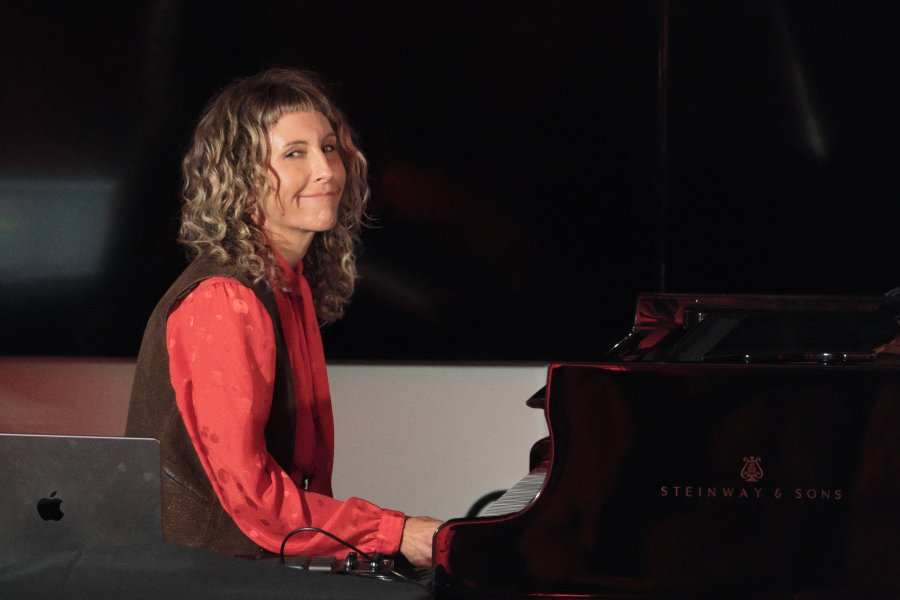

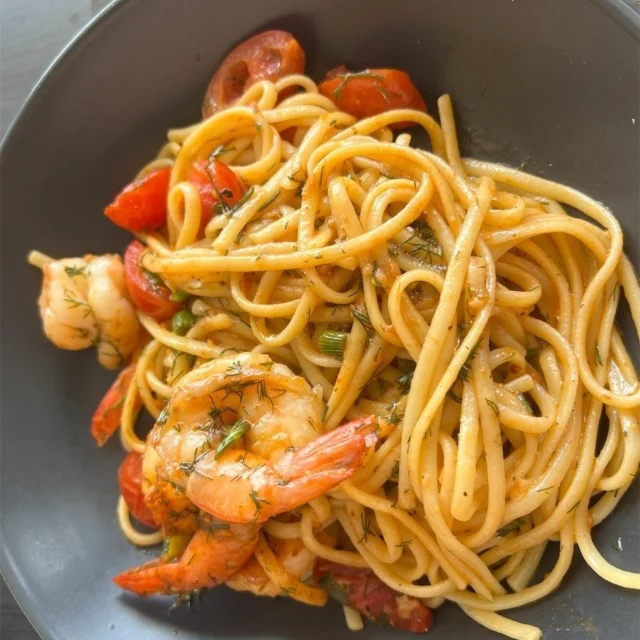
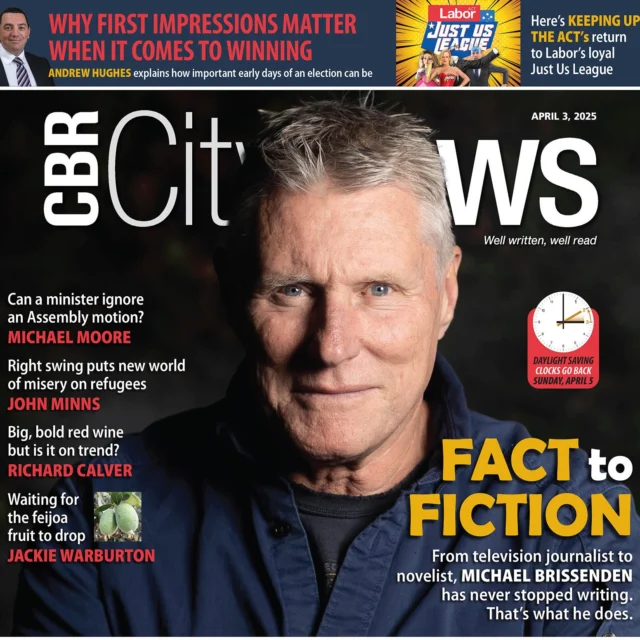

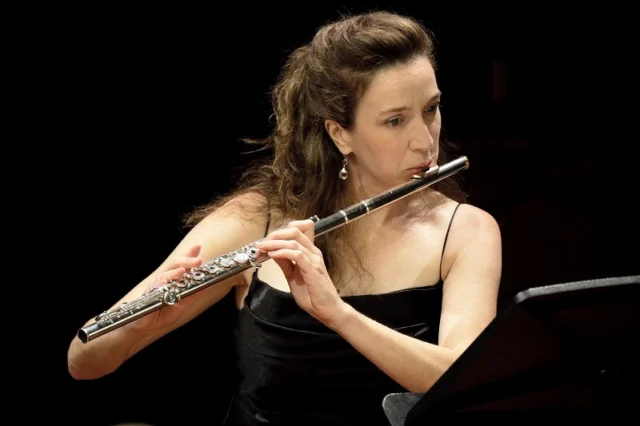
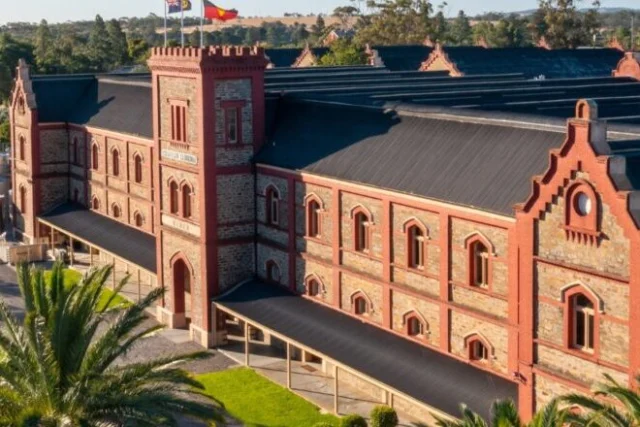
Leave a Reply